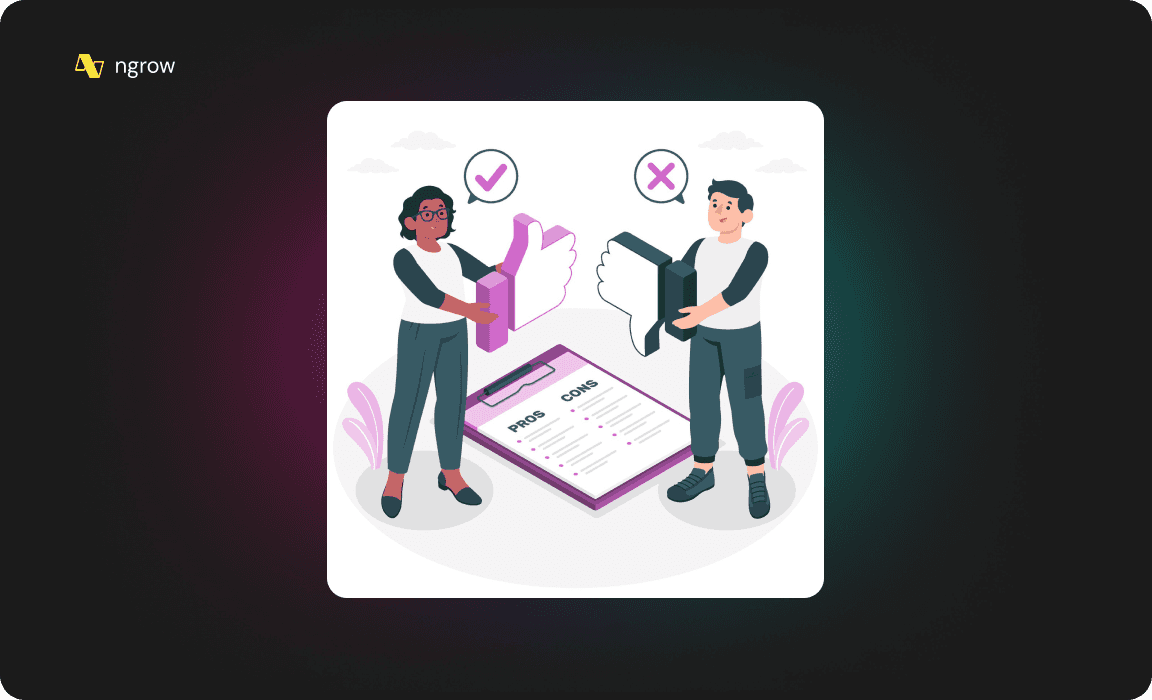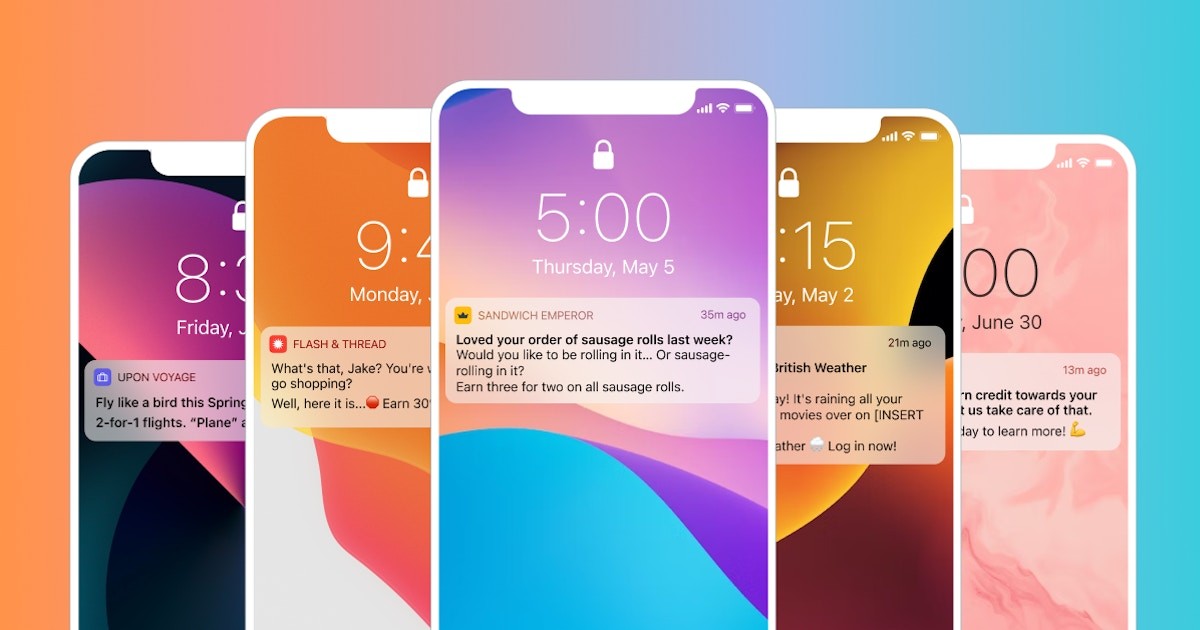3
min to read
May 2, 2024

Push notifications have become a ubiquitous tool for businesses to engage with their audience in real-time, delivering timely updates, promotions, and alerts directly to users' devices. When done right, push notifications can drive user engagement, retention, and conversions. However, there are certain best practices to follow and pitfalls to avoid to ensure that push notifications are effective, relevant, and well-received by users. In this article, we will explore the dos and don'ts of push notifications, providing insights into the best practices for success in leveraging this powerful marketing tool.
The Dos of Push Notifications

1. Personalization
Do: Personalize push notifications based on user behavior, preferences, and interactions to create tailored and relevant messages that resonate with individual users.
2. Timing and Relevance
Do: Send push notifications at the optimal time when users are most likely to be receptive, and ensure that messages are relevant and valuable to users based on their context and interests.
3. Clear and Compelling Messaging
Do: Craft clear, concise, and compelling messages that convey the value proposition or call-to-action effectively, prompting users to engage with the notification.
4. A/B Testing
Do: Conduct A/B testing to experiment with different content variations, timing, and calls-to-action to identify what resonates best with your audience and drives the highest engagement.
5. Segmentation and Targeting
Do: Segment your audience based on demographics, behavior, and preferences, and target specific user segments with tailored push notifications that drive meaningful interactions and conversions.
The Don'ts of Push Notifications
1. Overwhelming Frequency
Don't: Bombard users with too many push notifications, as this can lead to opt-outs and decreased engagement. Strike a balance that keeps users informed and engaged without overwhelming them.
2. Generic Messaging
Don't: Send generic or irrelevant messages that do not resonate with users' interests or preferences. Personalization is key to delivering effective push notifications.
3. Ignoring User Preferences
Don't: Disregard user preferences or behavior when sending push notifications. Respect user opt-in preferences and provide options for users to control the frequency and type of notifications they receive.
4. Lack of Testing and Optimization
Don't: Neglect to test and optimize your push notification campaigns. Continuous monitoring and refinement based on data-driven insights are essential for maximizing the effectiveness of your notifications.
5. Ignoring Performance Metrics
Don't: Overlook key performance metrics such as open rates, click-through rates, and conversion rates. Monitoring and analyzing these metrics are crucial for evaluating the success of your push notification campaigns.
Best Practices for Success in Push Notifications
1. Personalization and Relevance
Personalize push notifications based on user data and behavior to deliver relevant and engaging messages that resonate with individual users.
2. Timing and Frequency Optimization
Send push notifications at the optimal time when users are most likely to engage, and strike a balance in terms of frequency to maintain user interest without overwhelming them.
3. Clear and Compelling Messaging
Craft clear, concise, and compelling messages that convey the value proposition or call-to-action effectively, prompting users to take the desired action.
4. Segmentation and Targeting
Segment your audience based on demographics, behavior, and preferences, and target specific user segments with tailored messages that drive meaningful interactions and conversions.
5. A/B Testing and Optimization
Conduct A/B testing to experiment with different content variations, timing, and calls-to-action, and use data-driven insights to refine your push notification strategies for maximum impact.
Case Studies and Success Stories
1. E-commerce Platform
An e-commerce platform implemented personalized push notifications based on user behavior and preferences, resulting in a 30% increase in user engagement and a 20% boost in conversion rates.
2. Fitness App
A fitness app adjusted its push notification frequency by sending workout reminders in the morning and progress updates in the evening. By tailoring the timing and frequency of notifications to users' daily routines, the app saw a 25% increase in user engagement and a 10% increase in app retention.
3. Travel App
A travel app implemented geo-targeted timing for its push notifications, sending destination recommendations based on users' current location. By delivering timely and relevant notifications, the app achieved a 30% increase in click-through rates and a 20% increase in bookings.
Conclusion
Push notifications can be a powerful tool for businesses to engage with their audience, but success lies in following best practices and avoiding common pitfalls. By personalizing messages, optimizing timing and frequency, crafting clear and compelling messaging, and leveraging segmentation and targeting, businesses can enhance the effectiveness of their push notification campaigns. By learning from successful case studies and adhering to the dos and don'ts of push notifications, businesses can ensure that their messages are well-received, relevant, and drive meaningful interactions with users.



